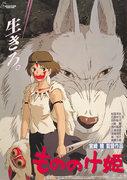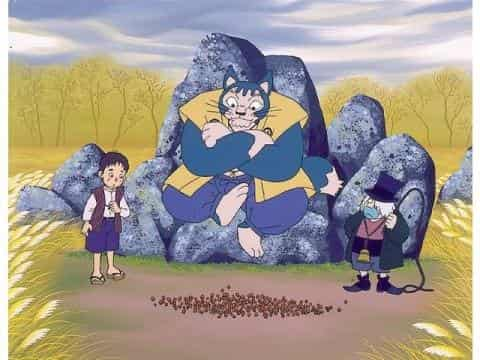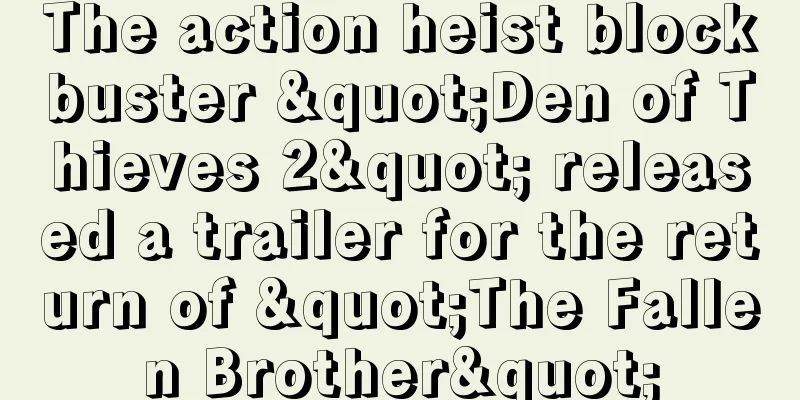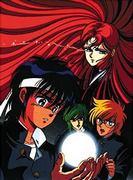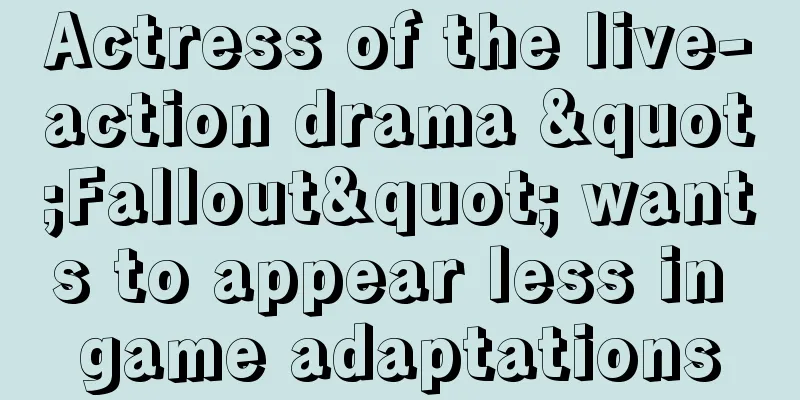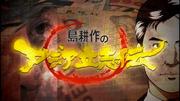Review of "Hinomaru Taro: Ghost-Fighting": A story of fear and courage
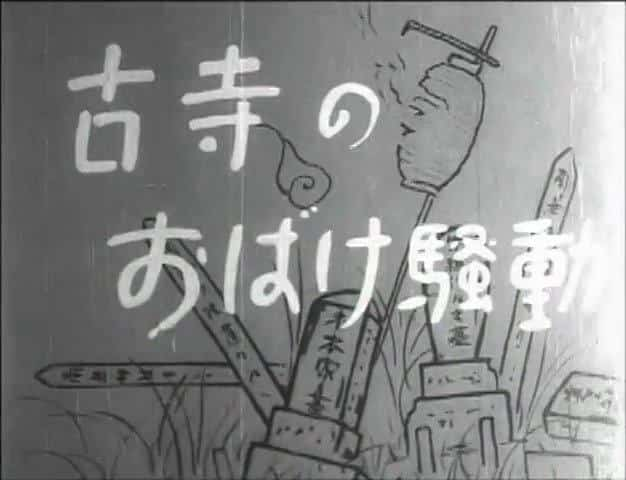
Hinomaru Taro Ghost Extermination - Hinomaru Taro Ghost Extermination■ Public Mediatheater ■ Original MediaAnime Original ■ Release date1936 ■Distribution companyOkamoto Hiroyuki ■Frequencies17 min ■ Number of EpisodesEpisode 1 ■ DirectorHiroaki Suzuki ■ ProductionJapan Manga Film Research Institute ■ Story Hinomaru Taro goes to an old temple to exterminate monsters, but is plagued by various monsters. When he finds out that they are all the work of a large raccoon dog, he throws them into a cage and captures them alive. ■ Main staff・Illustration and photography: Hiromasa Suzuki ・Sound: SK System Review and RecommendationHinomaru Taro: Ghost Extermination, released in 1936, is an important work in the history of Japanese animation films. The work used advanced technology and storytelling for its time, and left a strong impression on audiences. Below, we will provide a detailed review and recommendation of the work. Story and ThemesThe story of "Hinomaru Taro: Defeating Ghosts" is very simple, yet contains a profound theme. The setting in which the protagonist, Hinomaru Taro, heads to an old temple to defeat monsters symbolizes the fear and anxiety in Japanese society at the time. The monsters torment Hinomaru Taro, but when it becomes clear that they are all the work of a giant raccoon dog, it shows the importance of seeking out the truth beyond appearances. This theme still resonates today, giving the work a sense of universality. In addition, the scene where Hinomaru Taro captures the raccoon dog alive by throwing it into a cage praises the courage and wisdom to face difficulties, and contains an educational element that inspires children. This story is not just entertaining, but also provides a moral lesson, and for that it is worthy of praise. Visuals and TechnologyConsidering the historical background of 1936, this work uses very advanced video technology. Director Suzuki Hiromasa was in charge of drawing and cinematography, and his technical skills were highly praised in the animation industry at the time. In particular, the depiction of the monsters' movements and expressions exceeds the limits of hand-drawn animation, giving the audience a realistic sense of fear. SK System's technology was also used in the sound field, and the sound effects and music played a role in livening up the story. In particular, the sound effects in the scenes where monsters appear succeeded in heightening the audience's sense of tension, contributing to the overall atmosphere of the work. Cultural Background"Hinomaru Taro: Ghost Extermination" reflects the cultural background of Japanese society in the 1930s. At that time, people were filled with anxiety and fear as the shadow of war loomed. Against this backdrop, this work gives hope to the audience by depicting a story of overcoming difficulties with courage and wisdom. In addition, the theme of monster extermination is rooted in traditional Japanese folk tales and legends, giving it a deep cultural feel. Moreover, this work symbolizes the development of the Japanese animation industry at the time, as it was produced by the Nihon Manga Film Institute, a central presence in prewar Japanese animation, whose techniques and creativity had a major impact on later generations of animation production. Recommendations and ratings"Hinomaru Taro: Ghost Extermination" is an excellent work in terms of story, visual technique, and cultural background, and I highly recommend it. This work can be enjoyed by a wide range of people, from children to adults, and is a must-see for anyone interested in the history and technology of animation. It is also recommended for those who like stories with themes of fear and courage. Considering the depth of the story and the advanced visual technology, I would like to give this movie 4.5 points out of 5. This is a rare work that has not lost its value even in modern times, transcending the historical background of 1936, and is definitely worth watching at least once. Related works and recommendationsIf you enjoyed "Hinomaru Taro: Ghost Extermination," we also recommend the following related works. These works also feature stories with themes of fear and courage, and animation using cutting-edge video technology.
summary"Hinomaru Taro: Ghost Extermination" is a Japanese animated film released in 1936, and is an excellent work in all aspects, including its story, video technology, and cultural background. This work gives hope and courage to the audience through a story about fear and courage. In addition, the animation and sound using advanced video technology symbolize the development of the Japanese animation industry at the time. It is a work worth watching at least once, and I highly recommend it. |
<<: "Takotaijji" review: What is the appeal of this anime that intersects tradition and modernity?
Recommend
Ant-Man 3 director announces that the main filming of the film has been completed
Today, Peyton Reed, the director of the Marvel mo...
A thorough review of Gundam's unaired episodes! What can't you miss?
Gundam-san TV Unaired Episodes - Gundam-san TV Un...
Warner: There are 4 DC movies next year and we want to make more Harry Potter movies
At an investor earnings conference on Thursday, W...
Over 1 million people petitioned to remake Game of Thrones Season 8, and the screenwriter was criticized for incompetence
According to foreign media reports, before the de...
Ten Little Galforth rating and review: Engaging story and characters
The appeal and evaluation of "Ten Little Gal...
"Glass Mask" collaborates with Z! What is the appeal of this original zombie story?
"Glass Mask Z Original Story Zombie": A...
The movie "Venom 3" is in production, and the producer of "Spider-Man" has joined
The Marvel movie Venom 2: Carnage, directed by An...
Fortune Quest STAGE 1 & 2: A world of happy adventures
Fortune Quest: The Happiest Adventurers in the Wo...
The latest trailer of the new fantasy series "Fictional Reasoning" will be released in January next year
The TV animation "Fictional Mystery", a...
A thorough explanation of the appeal and evolution of BanG Dream! 3rd Season!
BanG Dream! 3rd Season overview "BanG Dream!...
A thorough review of the original music clip for Mashin Hero Wataru -A Tale of Endless Time-!
The appeal and evaluation of "Mashhin Hero W...
"Journey to the West ABC" new poster Monkey King and Guanyin and other characters appear
Recently, the new poster of "ABC of Journey ...
Classic scenes are condensed in it! Detective Conan themed exquisite snow globe is released
Snow globes (also called snowflake globes) origin...
The appeal and evaluation of Yanbou, Nimbou, and Tonbou: Exploring the deep world of anime
Yanbou, Nimbou, Tonbou - Looking back on nostalgi...
Return to the game and adventure again "Jumanji: The Next Level" trailer
Today (October 12), Sony Columbia Pictures of the...

